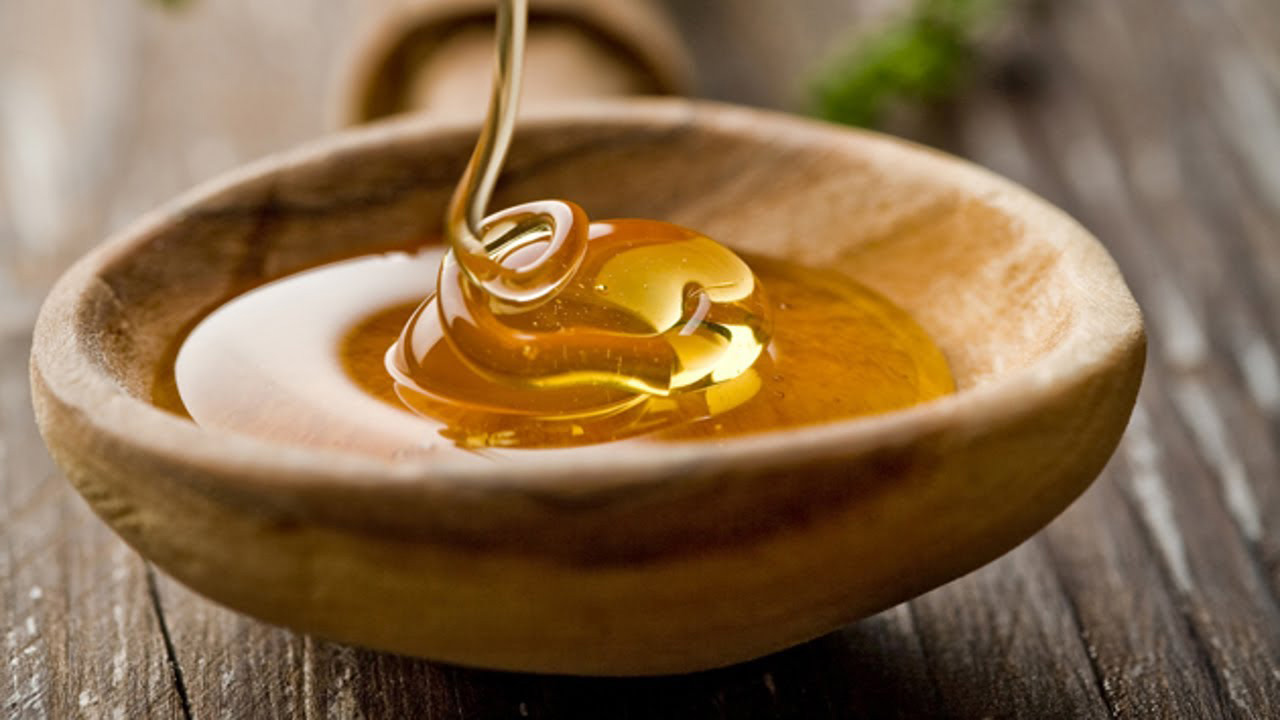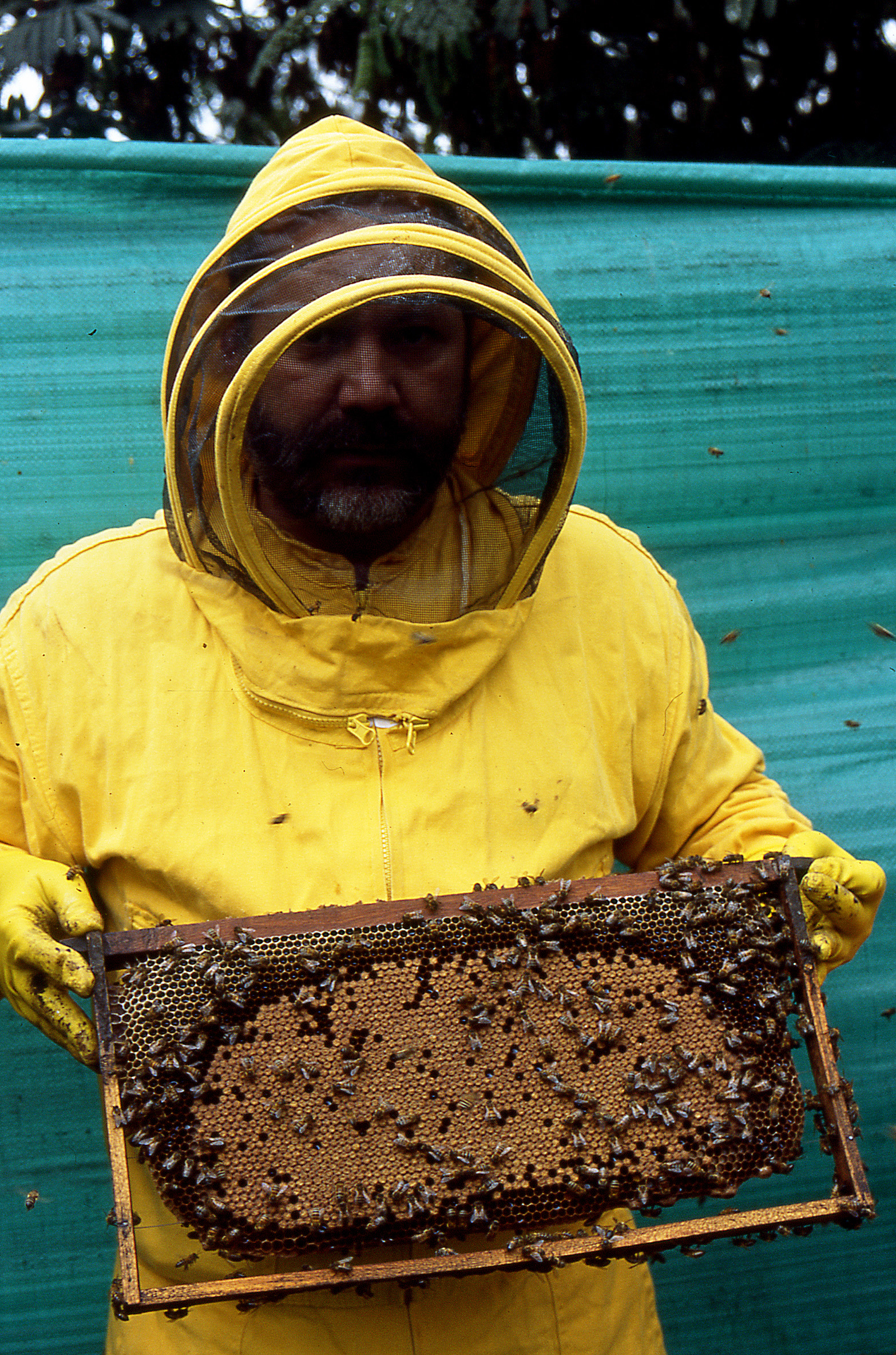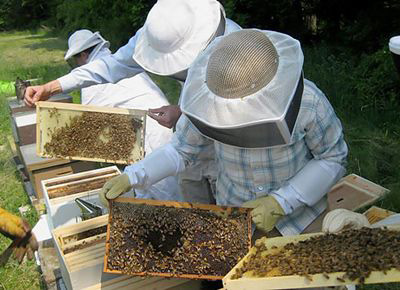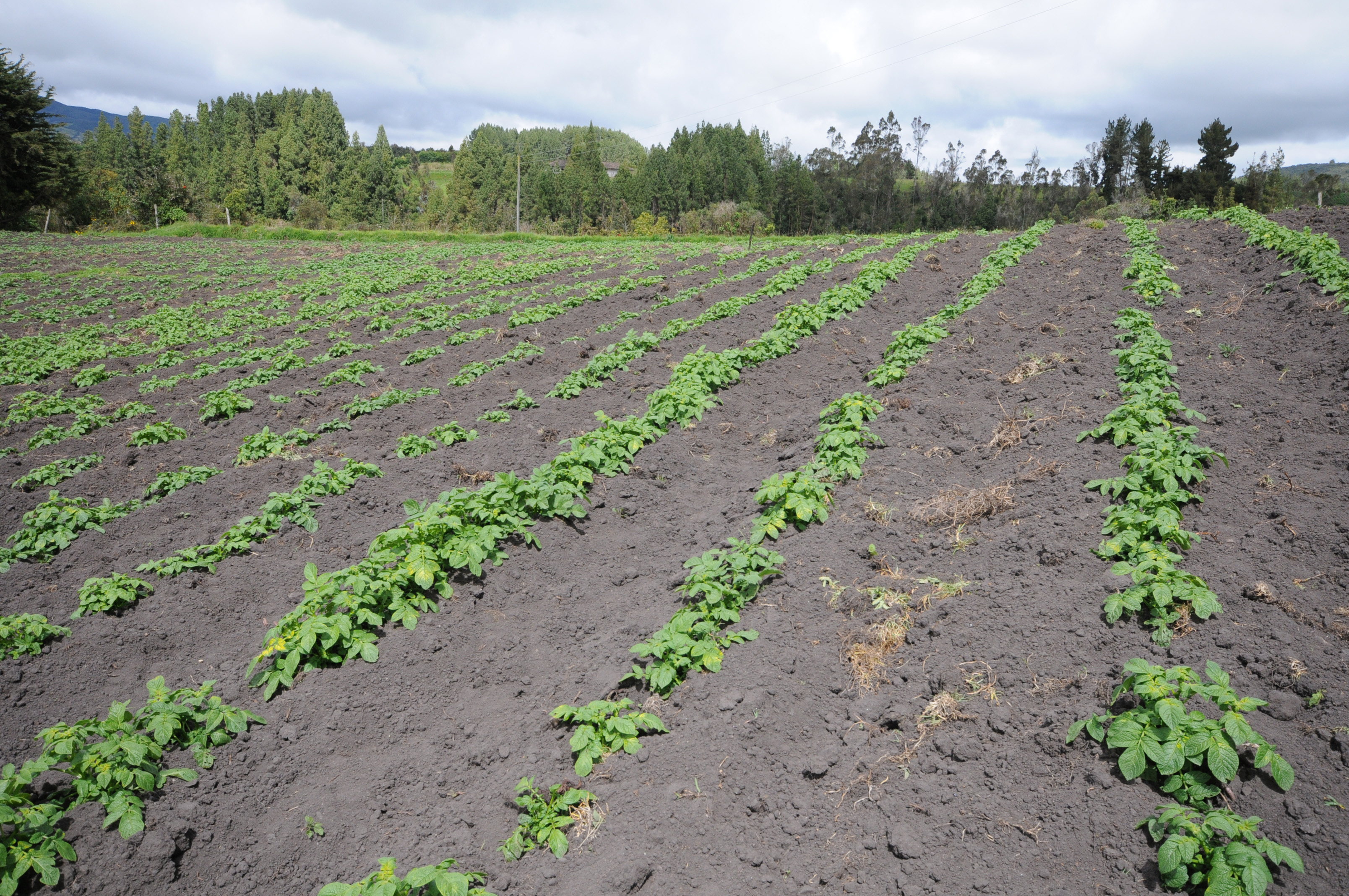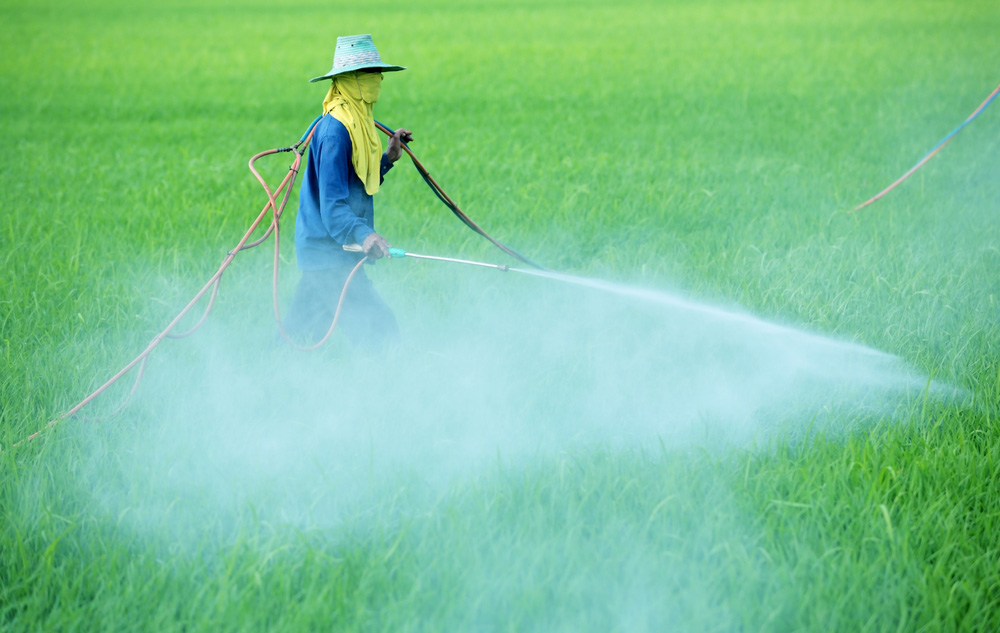This was the conclusion of UNal Sciences-Chemistry master"s candidate Danny Rodríguez, whom developed a study on the presence of chemicals in honey in the Provinces of Santander, Cundinamarca, Magdalena and Boyacá, which represent 50% of the honey production in Colombia. In fact, the beekeepers part of this project own approximately 3,000 beehives.
Half of the producers surveyed stated that they have had issues with apiarian infections including varroatosis and loque, two main bee infections and have had to draw upon acaricides.
Another result of the study was the analysis of 61 honey samples from the northeastern part of Colombia. They discovered traces of quantifiable pesticides in only six samples.
Tests showed 52.5% of the samples analyzed had traces (non- quantifiable concentrations) of organochlorine and organophosphorus pesticides. However, only 6.6 % of the samples surpassed the maximum regulating agency pesticide allowable concentration.
"This means that although presence of pesticides in undeniable, this does not threat consumption. Honey in local markets does not exceed permissible pesticide levels. In other words it is not harmful for human consumption," said Rodríguez.
The researcher says the challenge now is to remove beehives from being near pesticide ridden areas and be at least 4 to 5 km (2.4 to 3.1 miles) away.
"If this is not possible, pesticide and insecticide use near beehives should be reduced to a bare minimum," he said.
Excessive use of pesticides near beehives such as acaricides to treat varroatosis may be harmful to bees because they attack the bee"s nervous and reproductive systems; furthermore these chemicals can remain as residue in beehive products.
2.5 million tons of natural or synthetic pesticides are applied every year in the world. This situation has produced a negative impact on the majority of pollinizing species.
The simple fact of having beehives near crops secures an efficient pollen distribution; but an inadequate use of pesticides, can interrupt this relationship.
Apiculture and agriculture are considered complementary because they are mutually beneficial. But currently due to the strong reliance on pesticides these practices have turned incompatible.
 Correo Electrónico
Correo Electrónico
 DNINFOA - SIA
DNINFOA - SIA
 Bibliotecas
Bibliotecas
 Convocatorias
Convocatorias
 Identidad UNAL
Identidad UNAL



